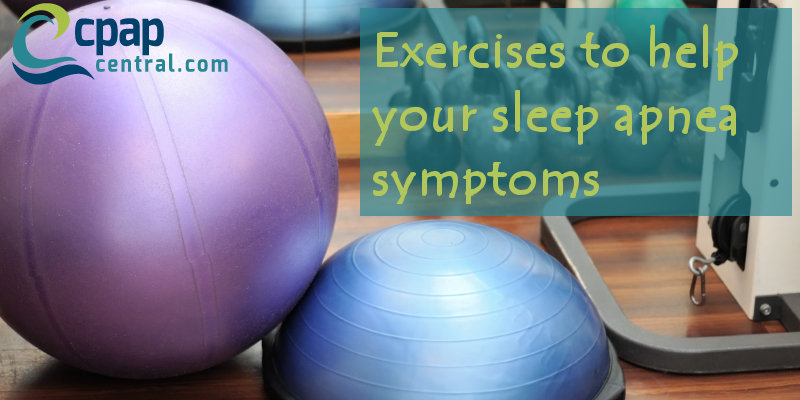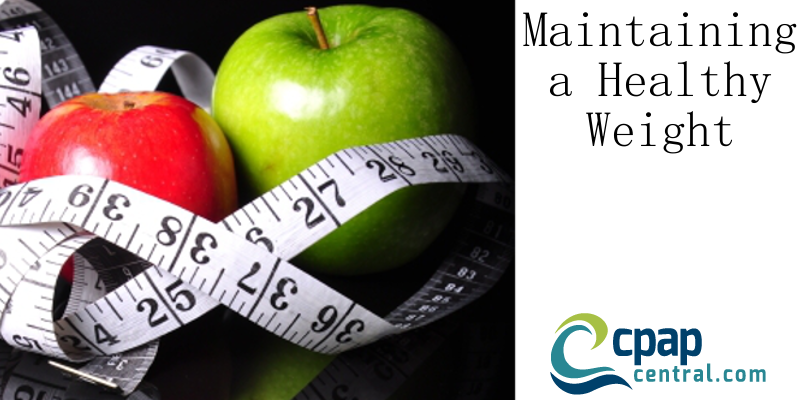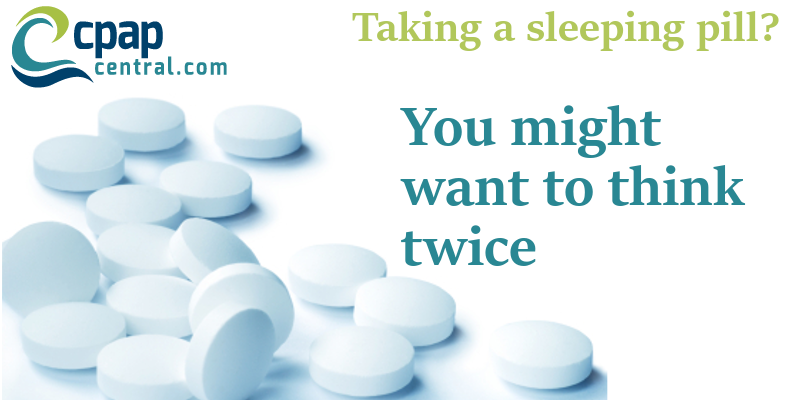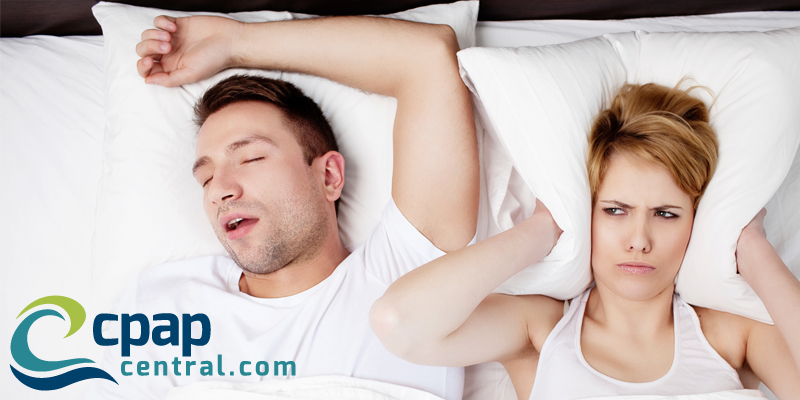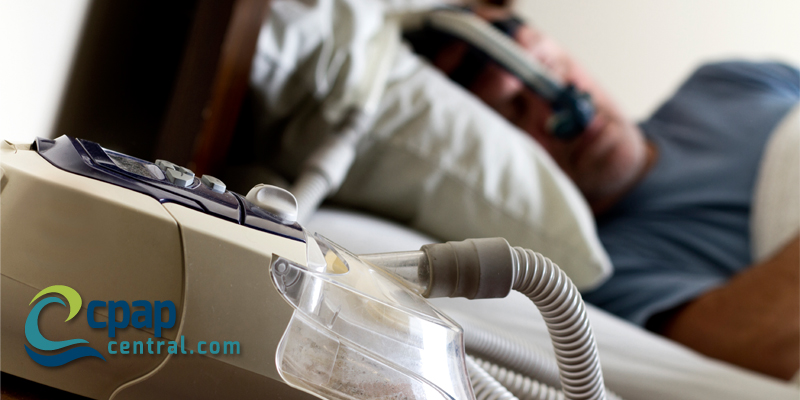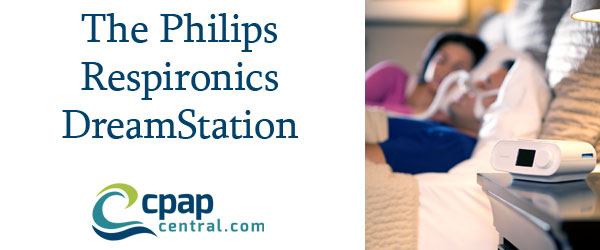
The goal of CPAP therapy is to give patients the tools they need to find long-term success with their therapy so they continue to use their CPAP machine each night. But, for many patients, it can be challenging to get used to CPAP therapy. In fact, even people who have used their CPAP machine for years aren’t entirely sure if they’re making progress and improving their sleep.
CPAPCentral.com now offers a CPAP machine that helps you make adjustments to your therapy, track your progress and allows new users to get used to CPAP therapy: the DreamStation Sleep Therapy System from Philips Respironics.
DreamStation is the only system that offers Bluetooth®, cellular and Wi-Fi connectivity options, allowing your sleep data to be delivered to your Smartphone, tablet, or computer so you can track your progress using the DreamMapper app. The system also automatically adjusts to you, checking pressure levels every 30 hours and making adjustments to meet your needs.
Available for CPAP, Auto CPAP, BiPAP and Auto BiPAP users, the DreamStation features a brand-new design that offers several enhancements. Compared to similar sleep systems, the DreamStation is:
- 30 percent smaller
- 40 percent lighter
- 63 percent quieter
From the EZ-Start function that automatically adjusts for new users using an innovative pressure acclimation algorithm, to the SmartRamp feature that keeps pressure low until the user has an obstructive respiratory event, the DreamStation is all about making it easy for you to acclimate to and manage your therapy.
If you’re ready to sleep smarter and improve your sleep therapy with the DreamStation Sleep Therapy System, CPAPCentral.com is ready to help. From providing you with information about CPAP masks like the newest DreamWear™ nasal mask from Philips Respironics to answering any questions you may have, our CPAP experts are ready to help you find better sleep.

